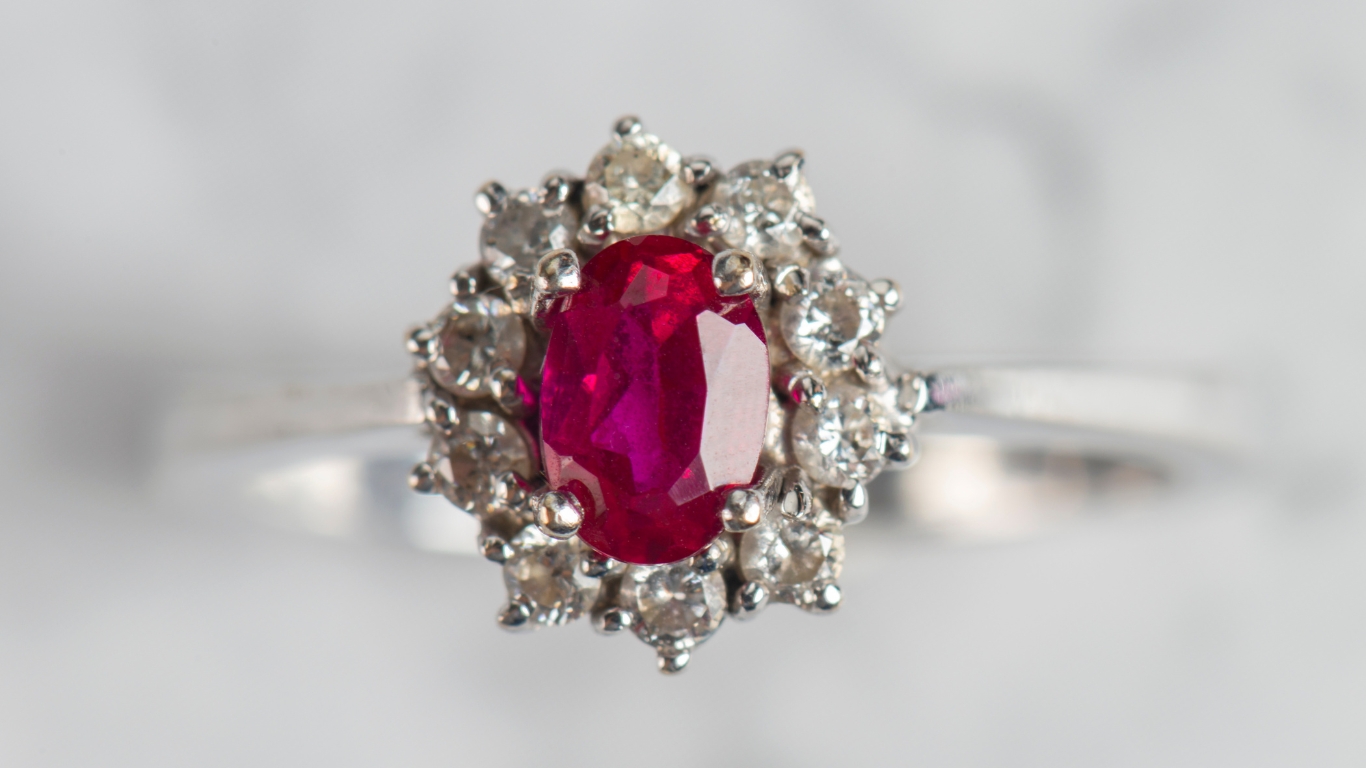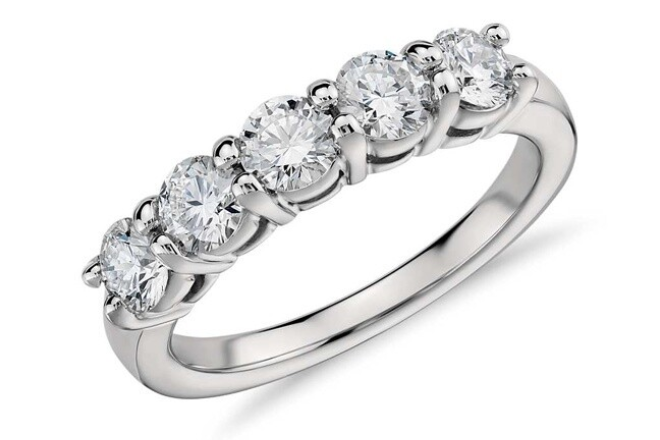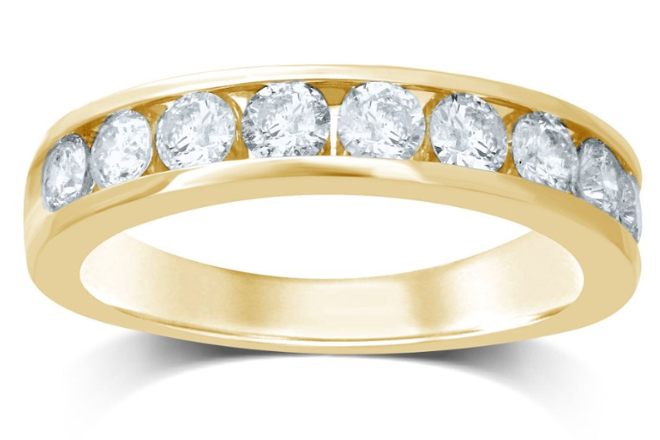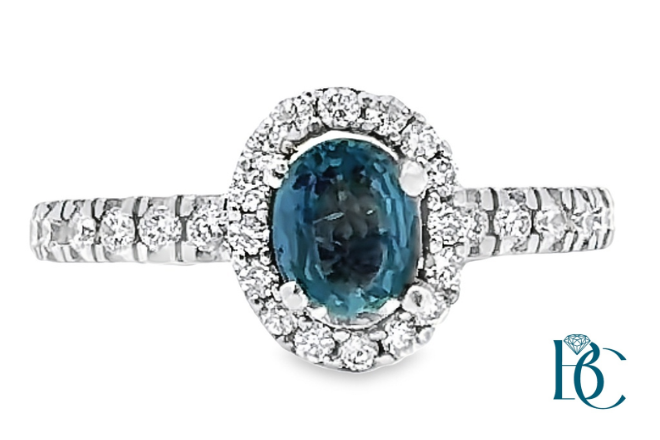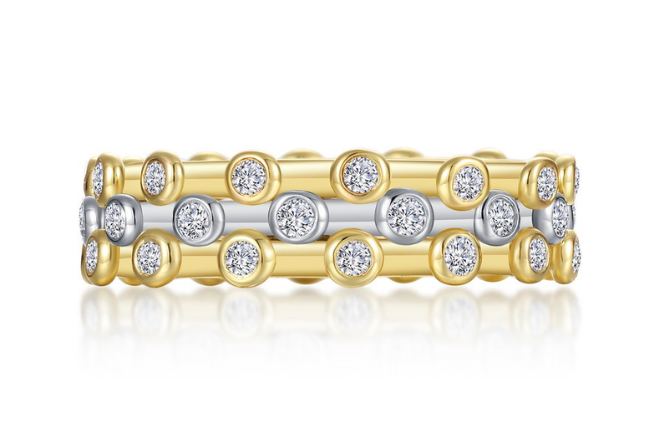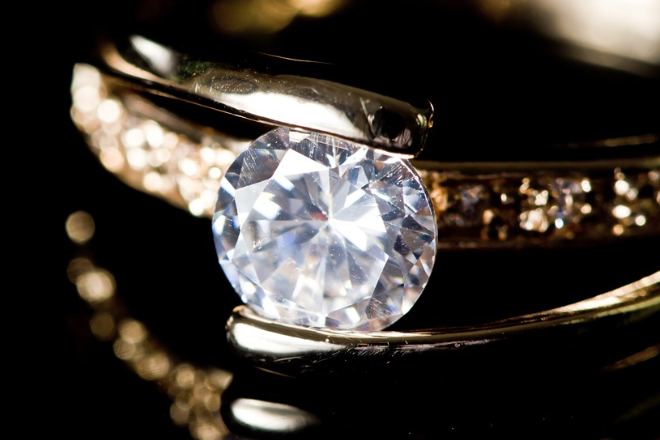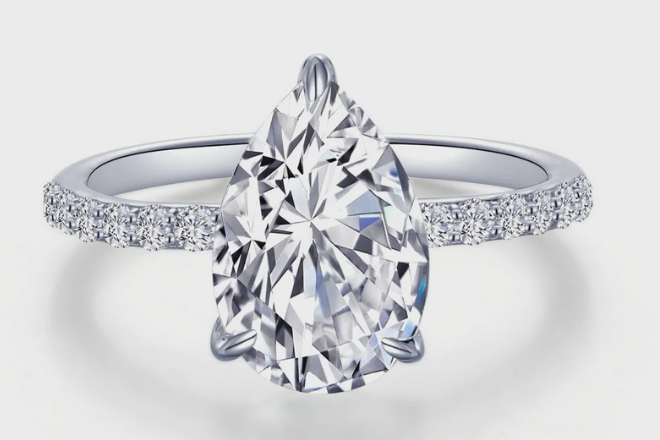Choosing the perfect engagement ring can be a tough decision. Many people wonder if they should go for a classic diamond or something unique like a gemstone. Gemstone engagement rings offer vibrant colors and personal meaning, making them an excellent choice for those seeking something different.
When considering which ring is better, factors like budget, style, and personal preference come into play. Diamonds are traditional and often symbolize longevity, while gemstones can reflect individuality and creative flair. Shoppers need to weigh these options carefully to find the ring that best fits their partner.
Ultimately, the choice between a gemstone and a diamond depends on what resonates more with the couple’s values and tastes. This article will guide readers through factors to consider when choosing a gemstone engagement ring, helping them make an informed decision that reflects their love story.
Key Takeaways
- Gemstone rings can showcase unique colors and meanings.
- Diamond rings remain a traditional choice for engagement.
- Personal style and budget are key factors in decision-making.
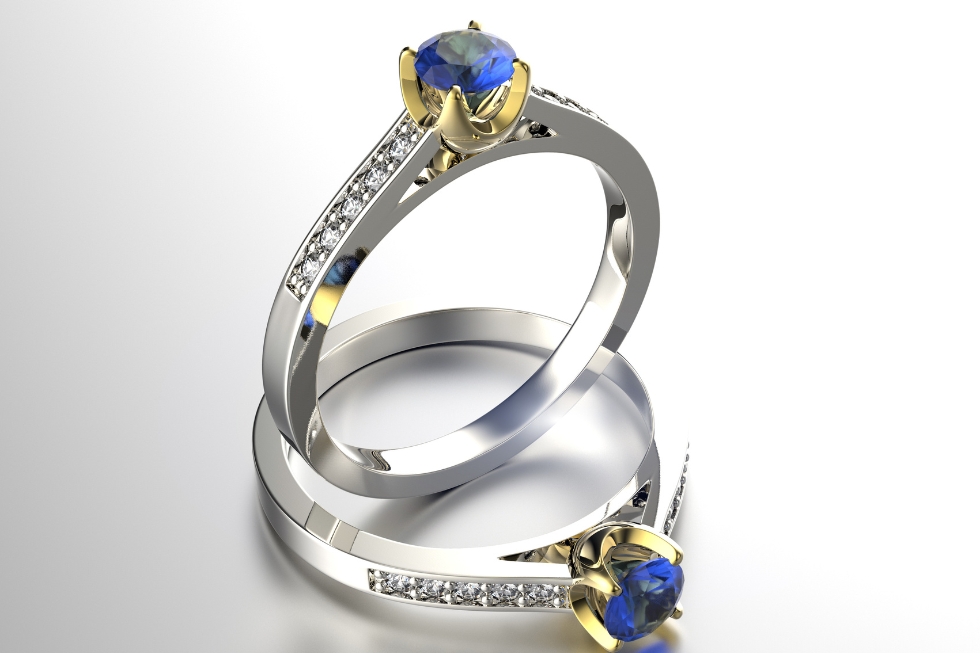
Understanding Engagement Ring Options
When choosing an engagement ring, buyers often consider diamonds and gemstones. Each option has its unique traits, appeal, and price points that can influence a decision.
The Allure of Diamonds
Diamonds are often seen as the traditional choice for engagement rings. They are known for their brilliance and hardness, making them a popular option. The clarity and cut of a diamond can greatly affect its appearance.
Diamonds come in various shapes, including round, princess, and emerald cut. Their sparkle can signify love and commitment. Additionally, diamonds have a rich history and are sometimes viewed as a status symbol.
Price is another factor. High-quality diamonds can be quite expensive. Yet, they hold their value well over time, making them a favored choice for many couples.
The Charm of Gemstones
Gemstones like sapphires, emeralds, and rubies offer color and individuality. They can be more striking than diamonds and allow for personal expression. A colored gemstone can symbolize different qualities; for example, sapphires are often associated with loyalty.
Gemstones vary significantly in price. Many options are less expensive than diamonds, providing good choices within various budgets. They can also come in unique cuts and settings, making each ring one-of-a-kind.
Some also appreciate the rarity of certain gemstones. Choosing a unique stone can create a distinctive engagement ring that stands out from traditional choices.
Comparing Value and Investment
When looking at value and investment, diamond rings are often considered a safe bet. They tend to hold their value, and top-quality diamonds can even appreciate over time.
On the other hand, gemstones may not have the same resale value as diamonds. However, their distinctiveness can attract buyers who prioritize personal meaning over investment potential.
In general, buyers should weigh the emotional significance of each type of ring. A beautiful gemstone can carry deep personal meaning, while diamonds represent a classic choice with a strong track record in the market.

Choosing a Gemstone Engagement Ring
Selecting a gemstone engagement ring involves careful consideration of quality, color, and durability. These factors influence both the beauty and longevity of the ring.
Assessing Quality and Authenticity
When choosing a gemstone, quality is crucial. Buyers should look for certified gemstones from reputable sources. Certification from organizations like the Gemological Institute of America (GIA) ensures the gemstone’s authenticity and quality grades.
Here are key points to assess:
- Cut: A well-cut gemstone reflects light beautifully.
- Clarity: Fewer blemishes and inclusions usually mean higher quality.
- Carat Weight: Larger gemstones typically cost more, but size should match personal preference and budget.
Checking for indicators like these helps in finding a quality piece.
Color Considerations for Gemstone Rings
Color plays a significant role in the appeal of a gemstone. Different stones come in various shades that affect value.
Important considerations include:
- Hue: The primary color of the gemstone.
- Tone: The lightness or darkness of the color.
- Saturation: The intensity of the color’s purity.
For example, a vivid blue sapphire is more sought after than a pale one. Choosing a color that fits personal style is essential.
Gemstone Hardness and Durability
Durability matters for engagement rings since they are worn daily. The hardness of a gemstone is measured on the Mohs scale, which ranks minerals from 1 (softest) to 10 (hardest).
Some gemstones to consider:
- Diamond (10): Extremely hard and resistant to scratching.
- Sapphire (9): Very durable and ideal for everyday wear.
- Emerald (7.5-8): Beautiful but more prone to scratches.
Understanding hardness helps in selecting a gemstone that will withstand the test of time. Choosing wisely ensures the ring remains stunning throughout the years.
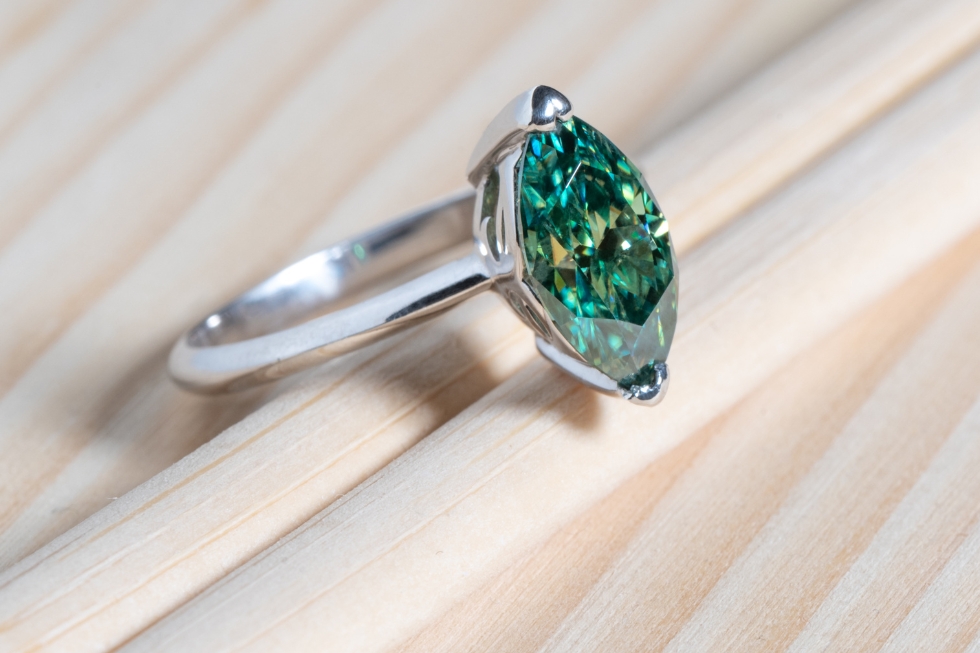
Making Your Decision
Choosing between a gemstone and a diamond for an engagement ring involves thoughtful consideration. Key factors include personal style and lifestyle. Understanding these aspects can help in making the right choice.
Personal Style and Preferences
Personal style plays a significant role in selecting an engagement ring. Some may prefer the classic look of a diamond, known for its brilliance and timeless appeal. Others might lean toward gemstones, which offer a variety of colors and unique settings.
Here’s a simple list of popular gemstones:
- Sapphire: Known for its durability and range of colors.
- Emerald: Loved for its rich green hue but more delicate.
- Ruby: Recognized for its vibrant red color and symbolism of love.
Consider what resonates with the person wearing the ring. Are they drawn to traditional styles or something more modern and colorful?
Lifestyle and Practicality
Lifestyle is crucial when choosing an engagement ring. Diamonds are hard and resistant to scratching, making them ideal for someone with an active lifestyle. Gemstones, while beautiful, can vary in hardness.
For instance:
- Diamonds: Hardness of 10 on the Mohs scale.
- Sapphires: Hardness of 9, suitable for daily wear.
- Emeralds: Hardness of 7.5 to 8, more prone to damage.
Think about daily activities. Will the ring endure rough use? Understanding lifestyle needs can help ensure the chosen ring is practical and suited for everyday life.
Frequently Asked Questions
Choosing the right gemstone engagement ring involves several important factors. These will help in making a smart choice based on personal taste, budget, and practicality.
What factors should be considered when choosing a gemstone engagement ring?
Key factors include the type of gemstone, color, shape, and setting. The style and lifestyle of the wearer can also influence the choice. Durability and maintenance are important, too.
How does the cost of gemstone engagement rings compare to diamond rings?
Gemstone engagement rings typically cost less than diamond rings. Prices vary based on the type of gemstone, size, and quality. It is common to find stunning gemstones at a fraction of the price of a diamond.
Are there gemstones that offer more brilliance than diamonds?
Certain gemstones, like moissanite and white sapphires, can have higher brilliance than diamonds. Their ability to reflect light can create a similar sparkle. This makes them appealing alternatives for an engagement ring.
What are the most durable gemstones suitable for engagement rings?
Some durable gemstones include sapphires, rubies, and emeralds. These withstand daily wear better than others. Couples often select these for their engagement rings due to their strength and beauty.
How can the meaning of different gemstones influence engagement ring choice?
Each gemstone carries its own symbolism and meaning. For instance, sapphires represent loyalty, while emeralds signify love. This can help couples choose a stone that reflects their relationship.
What alternatives to diamonds can provide a similar or unique allure in engagement rings?
Alternatives to diamonds include sapphires, emeralds, and even lab-created stones like moissanite. Each offers a unique beauty. Many of these options can appear just as stunning as diamonds in engagement rings.

